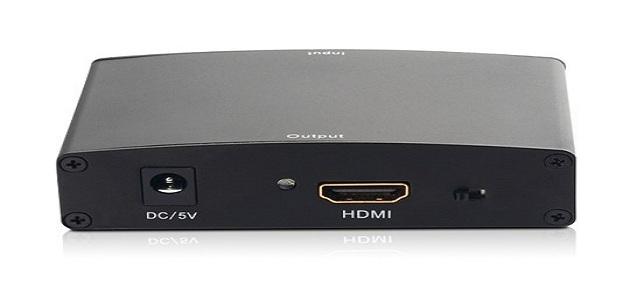Knowledge of optical and digital zoom
Some manufacturers combine the degree of digital and optical zoom when specifying the specifications of their products, which allows them to display the degree of zoom resulting from the sum of the two degrees, on the front of their boxes, however the person must look at the “optical zoom number” number), which may be listed in a corner on the back of the box, along with a set of numbers showing other specifications. A person may have to do a little research to find the best optical zoom measurement for a particular lens, so you must understand the type of lens and its zoom degrees. To buy the best and most suitable type.
How to choose the right camera lens
Fixed lens
FIXED LENS: Also known as the primary lens, it has a fixed focal length of 35 millimeters and typically 50 millimeters. These lenses are easy to use, because they do not have the ability to zoom, and provide high image quality at a lower cost. Their focal length is 35 Millimetres are normal, because they mimic what the human eye sees. They are also useful for taking natural photos, because they have a wider maximum aperture and tend to produce higher quality images than zoom lenses.
Zoom lenses
Zoom lenses (in English: ZOOM LENS): The zoom lens can be adjusted to a group of focal extensions; Most digital SLR cameras come with a “zoom kit,” which captures images at a range of between 18 millimeters to 200 millimeters, and zoom lenses are larger, heavier, and more expensive than fixed lenses.
Read also:What is globalizationTelephoto lens
Telephoto lens: It is considered one of the largest, heaviest, and most expensive options. This lens is a powerful magnifier; So that the individual can capture distant scenes, as if they were in front of him, and this is also ideal for photographing sporting events, or wildlife, and this lens makes the individual appear as if he is in the middle of the scene in which the image is.
Macro lens
Macro lens (in English: MACRO LENS): This lens allows for clear focus when the individual is very close to what he wants to photograph. It magnifies most small subjects, such as insects, blades of grass, and complex patterns and textures. The effect of the macro lens can be obtained using lenses. The other, but the macro lens specializes in taking the most difficult small photos.
Wide-angle lens
WIDE-ANGLE LENS: This lens is used to capture a wider angle than the eye can see, such as a specific angle of a landscape or several sides of a room. The individual will need a wide-angle lens for this purpose, and these lenses are available in many sizes, However, what distinguishes it is the wider field of view than a regular lens, and it also causes some distortion in the image taken with it. Lines that appear straight to the eye will appear curved through the lens, but this can create an artistic and interesting look. There are several types of wide-angle lenses, including:
Read also:Definition of means of communication- An ultra-wide lens: one that has a focal length shorter than 20 millimeters, but is made with an internal lens, intended to correct fish-eye distortion, and is sometimes referred to as “aspherical.”
- Fish eye, can be identified by looking at it; Because the front element is curved outward, which allows it to take images with a range of up to 180 degrees, it also creates a circular effect in the image. These lenses are great for certain purposes, but they are often used excessively for no real purpose, so they must be used with caution.









